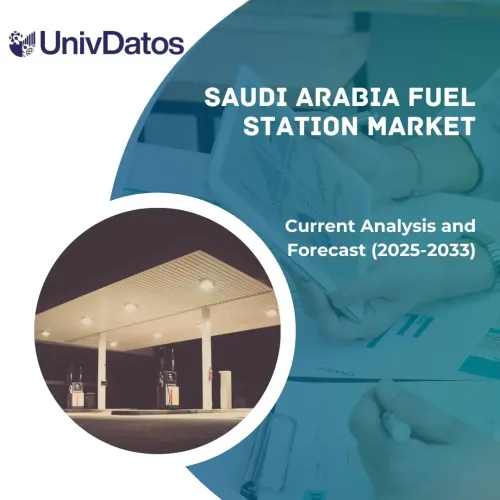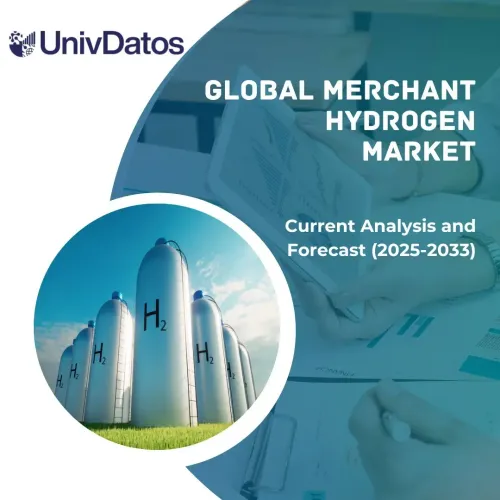オフショア支援船市場:現状分析と予測(2023年~2030年)
タイプ別(アンカーハンドリングタグサプライ船、プラットフォーム支援船、多目的支援船、緊急対応・救助船、乗組員輸送船、地震探査船、その他)、用途別(石油・ガス用途、洋上風力用途)、水深別(浅水、深海)、地域/国別
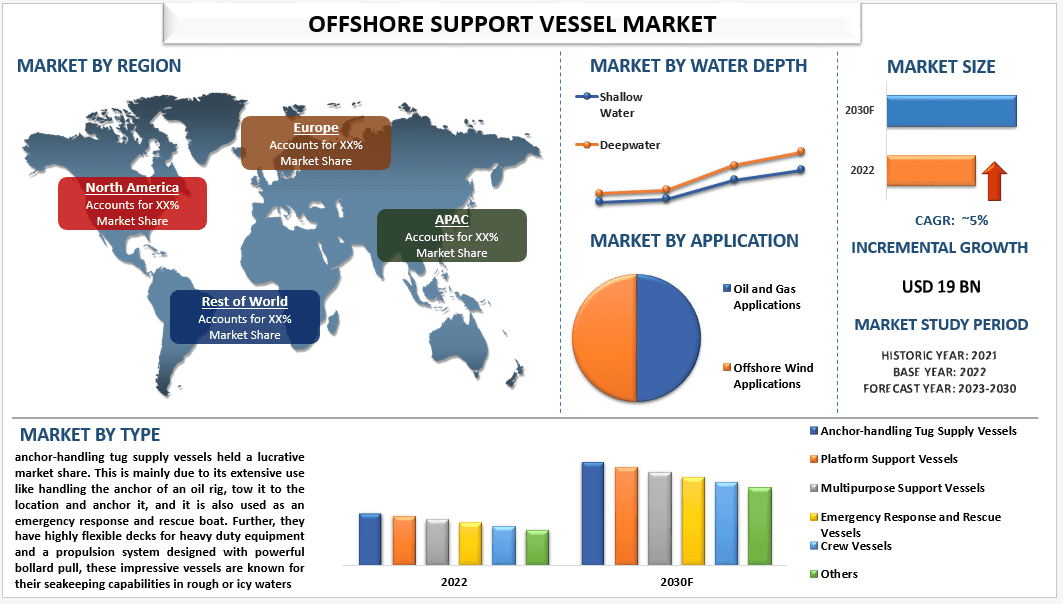
世界のオフショア支援船市場は、予測期間中に5%以上の妥当なCAGRで拡大し、2030年までに約280億米ドルの市場評価に達すると予想されています。オフショア電力は、世界のエネルギー需要を満たす上で重要な役割を果たしており、特に洋上風力発電において、再生可能エネルギーの重要な供給源としてますます重要になっています。資源は膨大であり、オフショアプロジェクトは、変化する市場や世界の海洋に対する様々なストレス下にある政治的状況において、その価値を証明しています。例えば、Global Wind Energy Councilの報告書によると、2022年には21.1GWの洋上風力発電が接続され、2030年までに380GWが接続されると予想されています。したがって、洋上風力発電からのエネルギー生成の増加と、この分野への高い投資により、オフショア支援船が必要とするサポートが増加し、市場をさらに押し上げることになります。しかし、原油価格の変動により、石油会社は支出を削減せざるを得なくなり、その結果、OSVプロバイダーとの契約の遅延またはキャンセルにつながり、これらの船舶の稼働率が低下し、市場の成長を妨げています。
市場で活動している主要なプレーヤーには、A.P. Møller – Mærsk A/S、Bourbon Corporation SA、Østensjø Rederi AS、MMA Offshore Limited、Harvey Gulf International Marine, LLC、SEACOR Marine Holdings Inc.、Solstad Offshore ASA、Tidewater, Inc.、PACC Offshore Services Holdings Ltd.、Havila Shipping ASAなどがあります。
レポートで提示される洞察
「タイプ別では、アンカーハンドリングタグサプライ船カテゴリーが予測期間中に高いCAGRで成長する」
船舶タイプに基づいて、市場はアンカーハンドリングタグサプライ船、プラットフォームサプライ船、多目的支援船、緊急対応・救助船、乗組員輸送船に分類されています。現在、アンカーハンドリングタグサプライ船は顕著な市場シェアを保持しており、掘削リグの係留チェーン、現場の位置決め、リグの曳航、緊急対応・救助船などの様々な機能を同時に実行でき、必要に応じて他の供給業務を遂行できるため、予測期間中もその地位を維持すると予想されます。ただし、アンカーハンドリングには、高性能、デッキスペース、ウインチ容量、その他の追加の取り扱い装置が必要です。
「用途別では、石油・ガス用途が2022年にかなりの市場シェアを保持した」
用途別に、市場は石油・ガス用途と洋上風力用途に分類されます。現在、石油・ガス部門がかなりの市場シェアを占めています。これは主に開発済みの油田によるものです。さらに、ほとんどのオフショア油田が成熟しており、その結果、超深海での探査と開発活動が行われています。さらに、北極海のような深海での活動の増加に伴い、OSVの需要が増加しています。また、風速が高い深海での風力タービンプロジェクトの拡大は、運転にとって非常に有利な環境を作り出し、市場を力強く牽引する可能性があります。
「水深別では、深海が2022年に大きな市場シェアを保持した」
用途に基づいて、市場は浅瀬と深海に二分されます。現在、深海は浅瀬油田の成熟により、有利な市場シェアを保持しています。さらに、風力タービンは、エネルギー生成に適した環境を提供するため、深海にも設置されています。さらに、石油・ガスの需要の増加に伴い、企業は市場での需要と供給を維持するために、超深海での炭化水素の探査に多額の投資を行っています。また、風力タービンは深海に設置されており、最大限の効率で作業するのに最適な環境を提供します。
世界のオフショア支援船市場レポートのカバレッジ
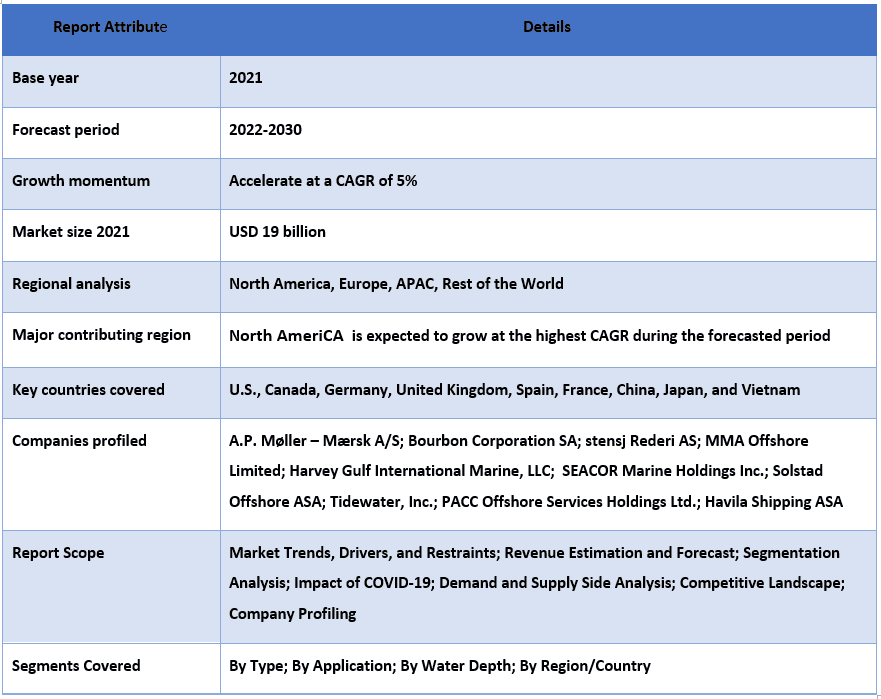
「北米は、世界のオフショア支援船市場で主要な市場として存在感を示している」
市場の採用をより良く理解するために、レポートは、北米(米国、カナダ、北米の残りの地域)、ヨーロッパ(ドイツ、英国、ロシア、フランス、スペイン、ヨーロッパの残りの地域)、アジア太平洋(中国、日本、ベトナム、オーストラリア、APACの残りの地域)、および世界の残りの地域を含む主要な地域および国に関する詳細な分析を提供します。北米は、この地域での多数の掘削、探査、および生産活動により、有利な市場シェアを保持しています。陸上および浅瀬の埋蔵量が成熟しているため、ほとんどの石油・ガス活動は深海に移行しています。米国などの国では、深海での探査および生産活動が増加しています。市場の船舶メーカーの数が増加しているため、この地域でのOSVの数も増えています。さらに、この地域で事業を展開しているDEME Offshore USのようなオフショア支援船サービスプロバイダーの存在が、Avangrid Renewablesのようなオフショア風力発電事業者が洋上風力タービンの輸送と設置を行うのを支援しています。
このレポートを購入する理由:
- この調査には、認証された主要な業界の専門家によって検証された、市場規模の測定および予測分析が含まれています
- このレポートは、全体的な業界のパフォーマンスを一目で簡単に確認できます
- このレポートは、主要なビジネス財務、製品ポートフォリオ、拡張戦略、および最近の開発に焦点を当てて、著名な業界の同業他社の詳細な分析を網羅しています
- 業界で普及している推進要因、制約、主要なトレンド、および機会の詳細な調査
- この調査は、さまざまなセグメントにわたる市場を包括的に網羅しています
- 業界の深掘り国レベルの分析
カスタマイズオプション:
世界のオフショア支援船市場は、要件またはその他の市場セグメントに応じてさらにカスタマイズできます。これに加えて、UMIは、お客様が独自のビジネスニーズを持っている可能性があることを理解しているため、お客様の要件に完全に適合するレポートを入手するには、お気軽にご連絡ください。
目次
グローバルオフショア支援船市場分析(2022年~2030年)の調査方法
オフショア支援船の過去の市場分析、現在の市場の推定、将来の市場予測は、世界中での導入状況を作成し分析するための3つの主要なステップでした。過去の市場数値を収集し、現在の市場規模を推定するために、徹底的な二次調査が実施されました。次に、これらの洞察を検証するために、多数の調査結果と仮定が考慮されました。さらに、オフショア支援船業界のバリューチェーン全体にわたる業界の専門家との徹底的な一次インタビューも実施されました。一次インタビューによる市場数の仮定と検証後、トップダウンとボトムアップのアプローチを組み合わせて、市場全体の規模を予測しました。その後、市場の細分化とデータ三角測量の手法を採用して、業界が関係するセグメントとサブセグメントの市場規模を推定および分析しました。詳細な方法論を以下に説明します。
過去の市場規模の分析
ステップ1:二次資料の詳細な調査:
年次報告書と財務諸表、業績プレゼンテーション、プレスリリースなどの企業内部資料、およびジャーナル、ニュースと記事、政府出版物、競合他社の出版物、セクターレポート、サードパーティデータベース、その他の信頼できる出版物などの外部資料を通じて、オフショア支援船市場の過去の市場規模を取得するために、詳細な二次調査が実施されました。
ステップ2:市場セグメンテーション:
オフショア支援船市場の過去の市場規模を取得した後、主要地域のさまざまなセグメントとサブセグメントに関する現在の市場の洞察とシェアを収集するために、詳細な二次分析を実施しました。レポートに含まれる主要なセグメントは、船種、用途、水深、地域/場所別です。さらに、地域および国レベルの分析を実施して、世界中でのオフショア支援船の全体的な導入状況を評価しました。
ステップ3:要因分析:
さまざまなセグメントとサブセグメントの過去の市場規模を取得した後、オフショア支援船の現在の市場規模を推定するために、詳細な要因分析を実施しました。さらに、深海での石油・ガス探査・開発活動の拡大や、洋上風力タービンの設置数の増加など、従属変数と独立変数を使用して要因分析を実施しました。オフショア支援船業界におけるトップパートナーシップ、合併・買収、事業拡大、製品発売を考慮して、需要と供給側のシナリオについて徹底的な分析を実施しました。
現在の市場規模の推定と予測
現在の市場規模の算定:上記の3つのステップからの実行可能な洞察に基づいて、現在の市場規模、グローバルオフショア支援船市場の主要なプレーヤー、および各セグメントの市場シェアに到達しました。必要なすべての割合シェアの分割と市場の内訳は、上記の二次的なアプローチを使用して決定され、一次インタビューを通じて検証されました。
推定と予測:市場の推定と予測のために、利害関係者が利用できる推進要因とトレンド、制約、および機会を含むさまざまな要因に重みが割り当てられました。これらの要因を分析した後、関連する予測手法、つまりボトムアップのアプローチを適用して、主要地域全体のさまざまなセグメントとサブセグメントについて、2030年までの市場予測に到達しました。市場規模を推定するために採用された調査方法には、以下が含まれます。
- 主要市場におけるオフショア支援船の金額(米ドル)および採用率の観点からの業界の市場規模
- 市場セグメントとサブセグメントのすべての割合シェア、分割、および内訳
- 提供されるサービスの観点からのオフショア支援船市場の主要なプレーヤー。また、急速に成長している市場で競争するためにこれらのプレーヤーが採用した成長戦略。
市場規模とシェアの検証
一次調査:主要な地域全体の上級幹部(CXO/VP、営業責任者、マーケティング責任者、オペレーション責任者、地域責任者、カントリーヘッドなど)を含む主要なオピニオンリーダー(KOL)との詳細なインタビューを実施しました。次に、一次調査の結果を要約し、述べられた仮説を証明するために統計分析を実施しました。一次調査からのインプットは二次調査の結果と統合され、それによって情報が実行可能な洞察に変わりました。
さまざまな地域における主要参加者の分割
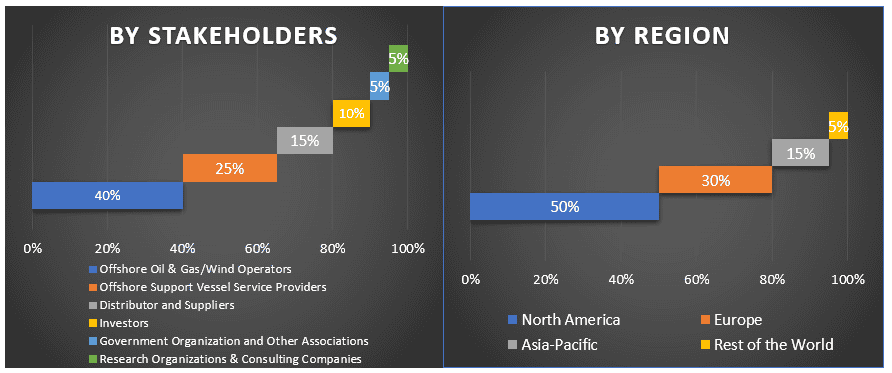
市場エンジニアリング
データ三角測量の手法を採用して、市場全体の推定を完了し、グローバルオフショア支援船市場の各セグメントとサブセグメントの正確な統計数値を算出しました。タイプ、用途、水深、および地域/場所の分野におけるさまざまなパラメーターとトレンドを調査した後、データをいくつかのセグメントとサブセグメントに分割しました。
オフショア支援船市場調査の主な目的
グローバルオフショア支援船の現在および将来の市場トレンドは、調査で指摘されました。投資家は、調査で実施された定性的および定量的な分析から、投資に対する裁量を基盤とするための戦略的な洞察を得ることができます。現在および将来の市場トレンドは、国レベルでの市場の全体的な魅力を決定し、産業参加者が未開拓の市場を開拓して先行者利益として利益を得るためのプラットフォームを提供します。調査のその他の定量的な目標には、以下が含まれます。
- 金額(米ドル)の観点から、オフショア支援船の現在および予測市場規模を分析します。また、さまざまなセグメントとサブセグメントの現在および予測市場規模を分析します。
- 調査のセグメントには、タイプ、用途、水深、および地域/場所の分野が含まれます。
- オフショア支援船業界の規制の枠組みの明確な分析
- さまざまな仲介業者の存在を含むバリューチェーンを分析するとともに、業界の顧客および競合他社の行動を分析します。
- 主要国のオフショア支援船の現在および予測市場規模を分析します。
- レポートで分析された主要な地域/国には、北米(米国、カナダ、北米の残りの地域)、ヨーロッパ(ドイツ、英国、ロシア、フランス、スペイン、ヨーロッパの残りの地域)、アジア太平洋(中国、日本、ベトナム、オーストラリア、アジア太平洋の残りの地域)、および世界の残りの地域が含まれます。
- オフショア支援船市場のプレーヤーの企業プロファイルと、急速に成長している市場で持続するためにそれらが採用した成長戦略
- 業界の詳細な国レベルの分析
よくある質問 よくある質問
Q1:世界のオフショア支援船市場の現在の市場規模と成長の可能性は何ですか?
Q2:世界のオフショア支援船市場の成長を牽引する要因は何ですか?
Q3: タイプ別では、世界のオフショア支援船市場でどのセグメントが最大のシェアを占めていますか?
Q4:世界のオフショア支援船市場における新たな機会は何ですか?
Q5:世界のオフショア支援 vessel 市場を支配するのはどの地域ですか?
Q6:世界のオフショア支援船市場で活動している主要なプレイヤーは誰ですか?
関連 レポート
この商品を購入したお客様はこれも購入しました




